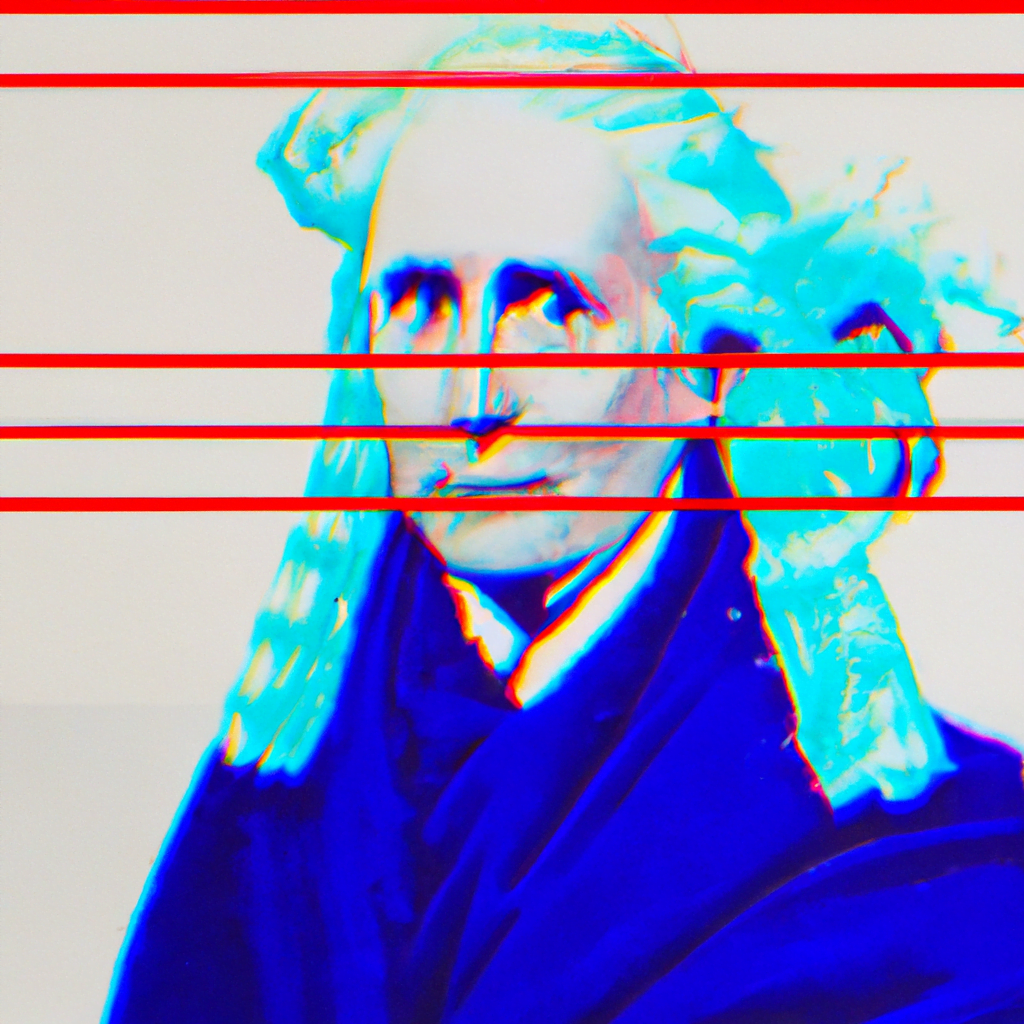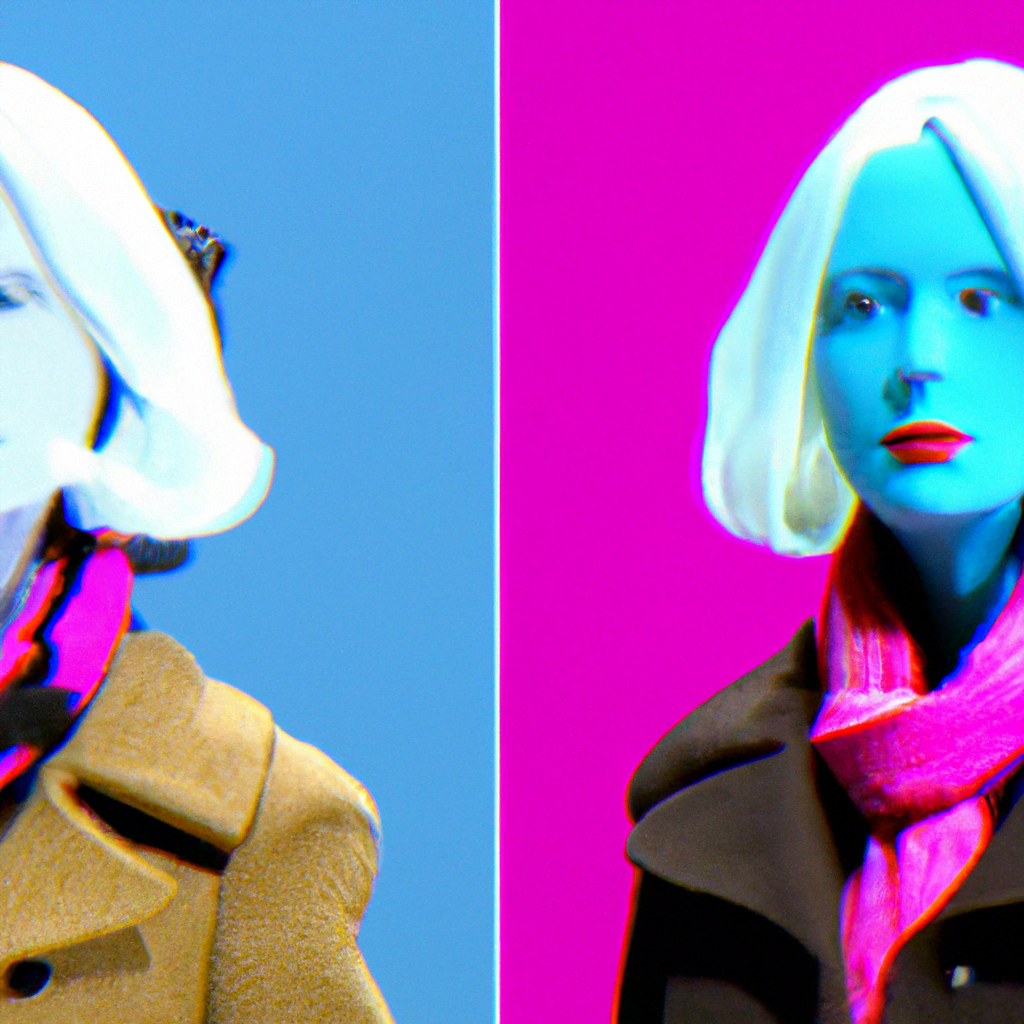
AI-Based Predictive Design Trends and Forecasting

Artificial Intelligence (AI) has revolutionized various industries, and the world of design is no exception. With the ability to analyze vast amounts of data and identify patterns, AI has become an invaluable tool for predicting design trends and forecasting future developments. In this article, we will explore how AI is being used in predictive design trends and forecasting, the benefits it offers, and some real-world examples of its application.
The Role of AI in Predictive Design Trends
Design trends are constantly evolving, influenced by various factors such as technology advancements, cultural shifts, and consumer preferences. Traditionally, designers relied on their intuition and market research to identify emerging trends. However, this approach was often subjective and time-consuming. AI has changed the game by providing designers with data-driven insights and predictions.
AI algorithms can analyze vast amounts of data from various sources, including social media, online platforms, and design databases. By identifying patterns and correlations, AI can predict upcoming design trends with a high degree of accuracy. For example, AI can analyze millions of images on social media platforms to identify common visual elements and themes that are gaining popularity.
One notable example of AI-based predictive design trends is the fashion industry. Companies like Trendalytics use AI algorithms to analyze fashion-related data from social media, e-commerce platforms, and fashion blogs. By identifying patterns in consumer behavior and preferences, AI can predict which fashion trends are likely to gain traction in the future. This enables fashion brands to stay ahead of the curve and design products that align with upcoming trends.
The Benefits of AI-Based Predictive Design Trends
The use of AI in predictive design trends offers several benefits for designers and businesses:
- Time and Cost Savings: AI algorithms can analyze vast amounts of data in a fraction of the time it would take for humans to do the same. This saves designers and businesses valuable time and resources.
- Accurate Predictions: AI algorithms can identify patterns and correlations that may not be apparent to humans. This enables designers to make more accurate predictions about future design trends.
- Competitive Advantage: By leveraging AI-based predictive design trends, businesses can gain a competitive edge by being the first to market with products that align with upcoming trends.
- Improved Decision Making: AI provides designers with data-driven insights, enabling them to make informed decisions about design choices and product development.
Real-World Examples of AI-Based Predictive Design Trends
Several companies and platforms are using AI to predict design trends and provide valuable insights to designers. Here are some notable examples:
1. Pinterest Trends
Pinterest, a popular visual discovery platform, uses AI to predict emerging design trends. Pinterest Trends analyzes user behavior and engagement with pins to identify rising trends in various categories, including fashion, home decor, and graphic design. Designers can leverage these insights to create designs that resonate with Pinterest’s user base.
2. Adobe Sensei
Adobe Sensei, the AI and machine learning framework developed by Adobe, offers predictive design capabilities. Sensei can analyze large datasets of design assets and identify patterns and trends. This enables designers to create designs that are more likely to resonate with their target audience.
3. DesignRush
DesignRush, a leading online platform for finding and hiring design agencies, uses AI to predict design trends. The platform analyzes data from design projects and user behavior to identify emerging trends in various design categories. This helps businesses and designers stay up-to-date with the latest design trends.
Conclusion
AI-based predictive design trends and forecasting have transformed the way designers and businesses approach design. By leveraging AI algorithms, designers can make more accurate predictions about future design trends, saving time and resources. The benefits of AI-based predictive design trends include time and cost savings, accurate predictions, competitive advantage, and improved decision making. Real-world examples such as Pinterest Trends, Adobe Sensei, and DesignRush demonstrate the practical application of AI in predicting design trends. As AI continues to advance, its role in predictive design trends and forecasting will only become more prominent, enabling designers to create designs that resonate with their target audience and stay ahead of the competition.
